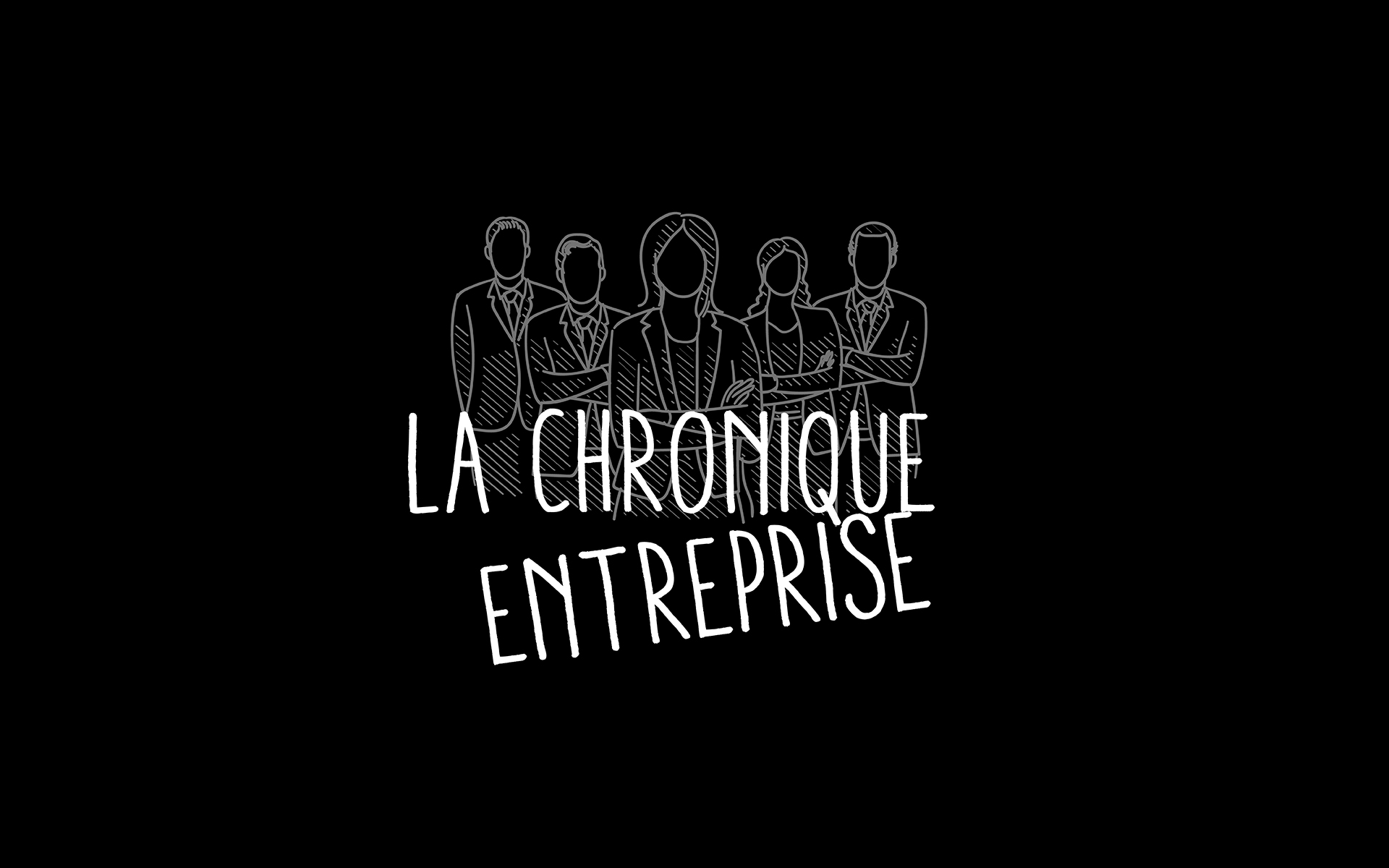
Identify Burnout
Chronicles
After two scientific articles on burnout published in international journals, Mélanie Emile and Jérôme Vaulerin clarify certain points about this growing phenomenon.
Burnout: an occupational disease
According to article L 461-1 of the Social Security Code, burnout is finally recognised as an occupational disease. Certain working conditions (stress, pressure, overly high objectives) must be met and would affect our physical but also psychological health. This psychological pathology is the cause of a malaise and would be the cause of many work stoppages. We talk about Burnout but what does this word mean?
History and definitions
Since the 1940s, many definitions have been attributed to this phenomenon. In 1969, Bradley was the first to introduce the term "burnout" in an article in the journal Crime & Deliquency. The concept was later used by Freunderberger in 1974, who observed physical (i.e., exhaustion, insomnia) and psychological (i.e., emotional) problems in employees of a detoxification facility where he practised. Burnout is defined as physical, emotional and cognitive exhaustion resulting from a continuous decrease in the individual's valued resources due to chronic exposure to occupational stress (Shirom, 1989, 2003). This phenomenon generally applies to the professional domain, but it has also been observed in the sporting domain. Indeed, sports burnout is recognised as a syndrome of three key dimensions combining diminished sense of accomplishment, devaluation of sport, emotional and physical exhaustion (Raedeke & Smith, 2009). Burnout is composed of three dimensions (emotional exhaustion, depersonalisation and loss of personal accomplishment) and is thought to be caused by increased stress due to personal (i.e., personality) and situational (i.e., context) factors. Emotional exhaustion would manifest itself when an individual feels a sense of emptiness, an unusual and emotional fatigue at work, a difficulty in being in touch with the emotions of others. As for depersonalization, it would be marked by a detachment akin to cynicism, implying a distancing from the people with whom the individual would interact in a professional context. As a result, the individual would put in place defence mechanisms to save energy. Finally, the loss of personal fulfilment would be a state in which the individual would be ineffective in most of his or her actions (i.e., personal and professional), which would lead to a decrease in motivation. The likely consequences of this dimension can create behaviours such as disinvestment and overinvestment.
The figures
According to the French health watch institute, there are 30,000 people suffering from work-related psychological suffering. In addition, a study by Technologia reveals that 3.2 million French employees are at risk of burnout. Although a study on Belgium lists 19,000 victims of burnout in that country, there are very few epidemiological studies on this subject in France, given its complexity.
How to identify burnout in an individual?
Numerous physical and psychological manifestations allow us to identify an individual at risk:
- sleep disorders (insomnia, difficulty falling asleep), digestive disorders (stomach cramps), dermatological problems (itching, allergies)
- chronic fatigue syndrome (low back pain, neck pain),
- migraine or headache, dizziness or even malaise
- feelings of discouragement or demotivation,
- anxiety, sadness, depression
- concentration problems and memory loss
- social isolation and increased cynicism
The Maslach Burnout Inventory (MBI) is a scientifically validated questionnaire for measuring burnout.
Physical activity as a protective factor against burnout.
La littérature scientifique montre qu’un haut niveau de burnout est relié à une mauvaise santé physique et à plusieurs autres facteurs physiologiques. Des études récentes ont démontré que l’activité physique jouerait un rôle protecteur sur les symptômes du burnout mais également sur la dépression, et l’anxiété. De plus, les individus qui présenteraient un niveau d'activité physique élevé afficheraient des baisses plus fortes de symptômes de dépression, d'anxiété et d'épuisement professionnel. Ainsi, les mécanismes sous-jacents explicatifs à cette relation seraient liés à la charge allostatique (conséquences négatives du stress sur l’organisme), et influencerait les processus métaboliques, micro-inflammatoire et une dérégulation de l'axe du stress. L’activité physique est donc associée à plusieurs composantes clés de la charge allostatique est pourrait être utilisée à travers le temps pour diminuer le stress chronique et d’autres maladies psychologiques comme le burnout.